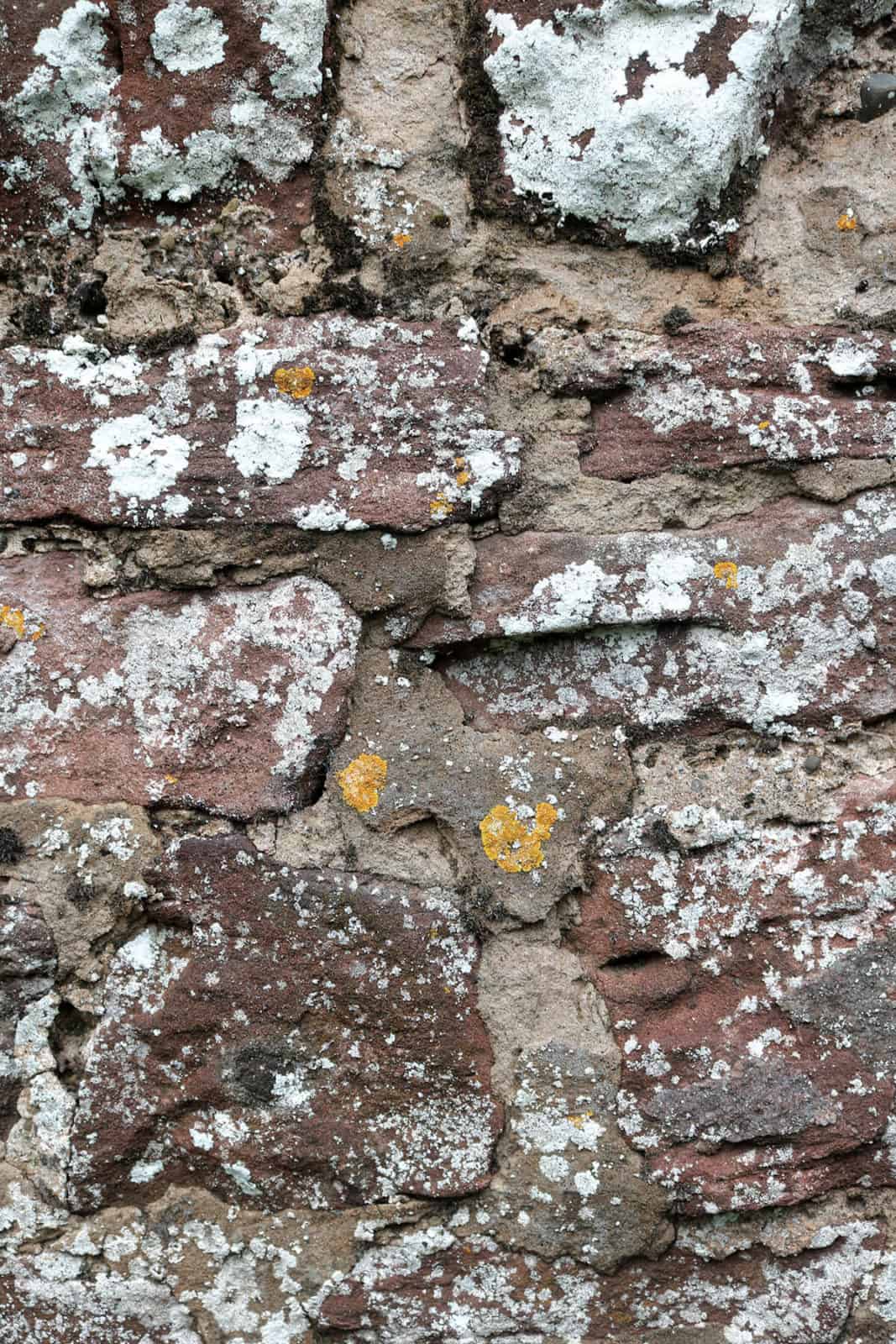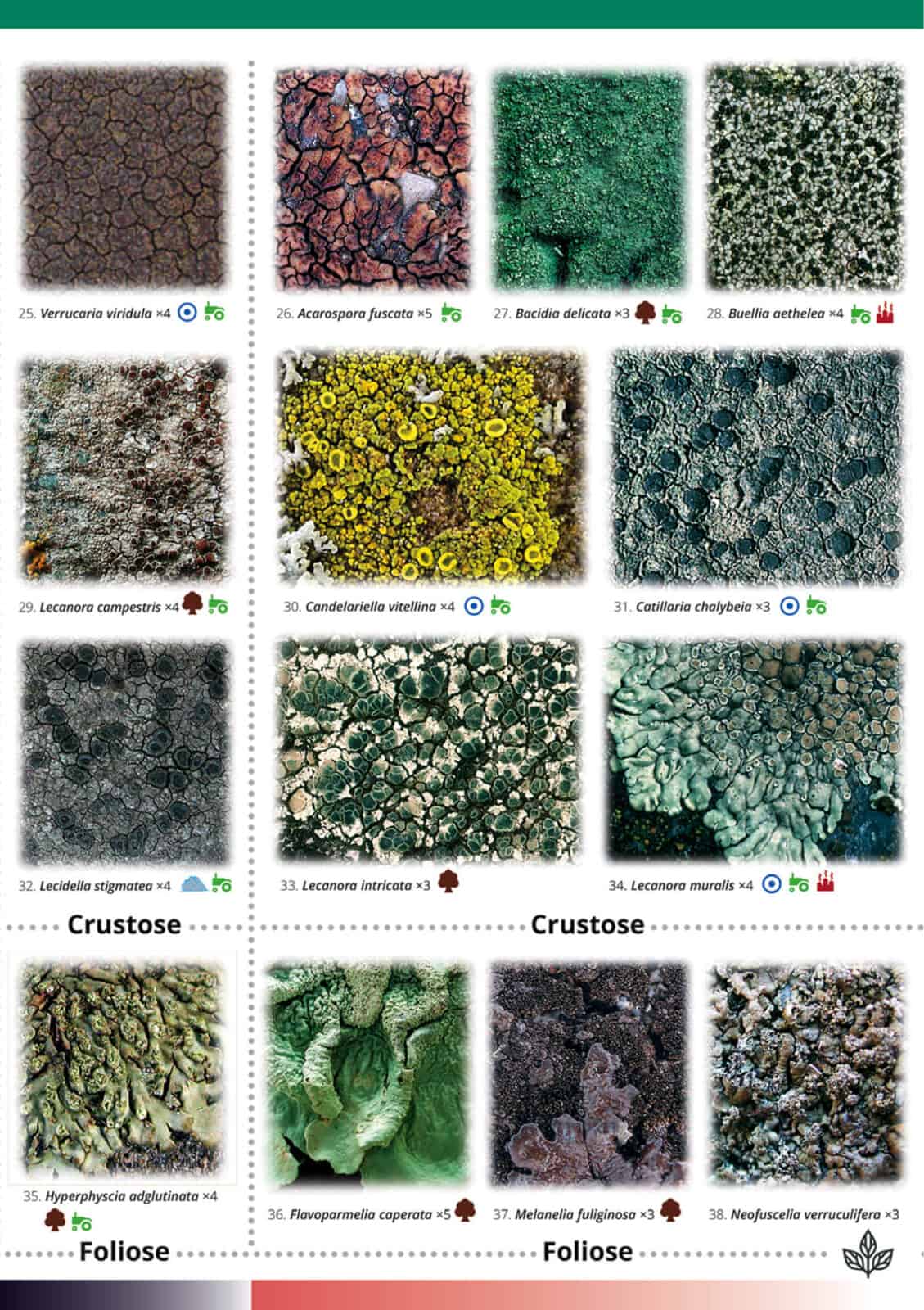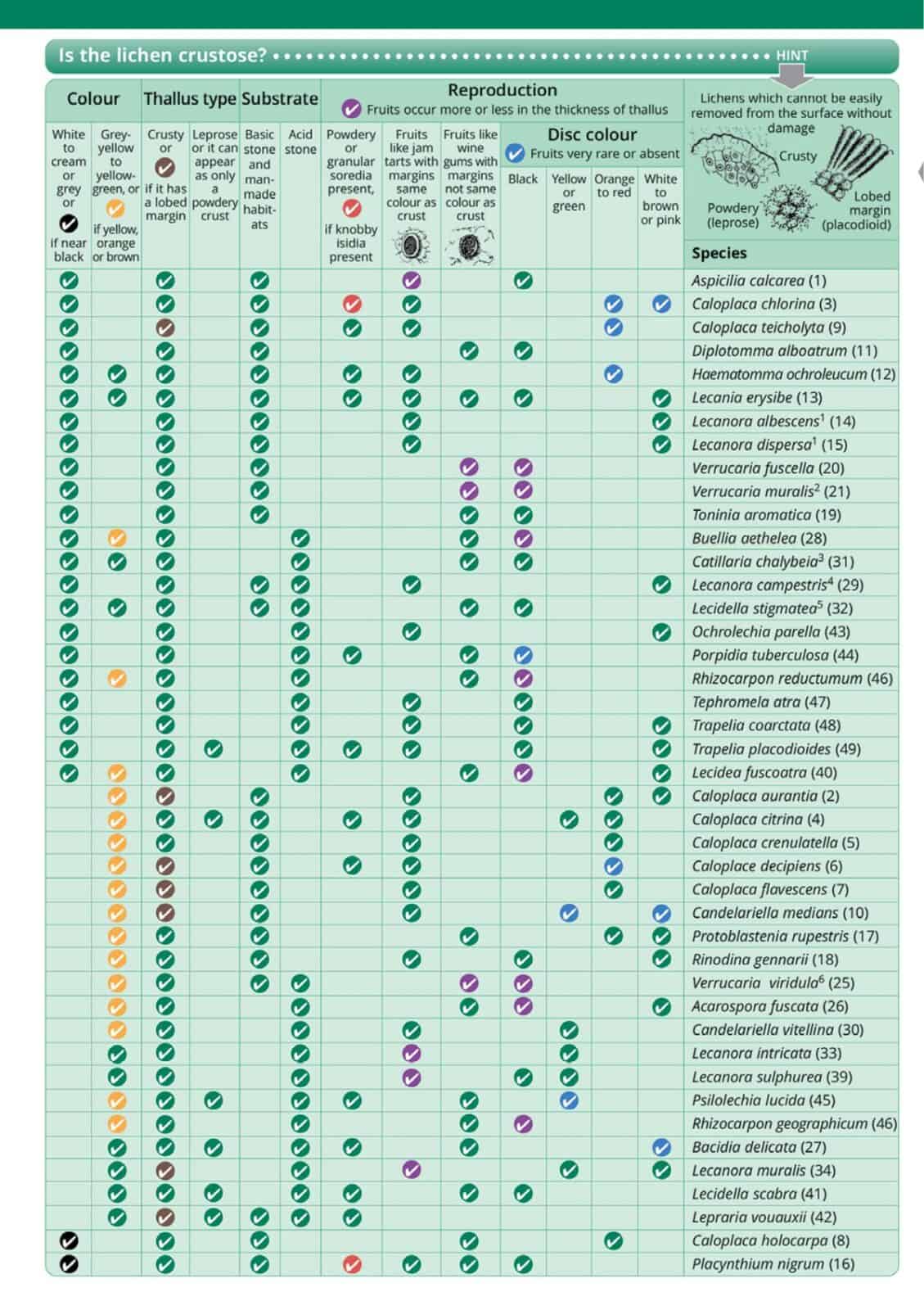Urban lichens 2 guide
The Urban lichens 2 guide features 49 lichens found growing on stone and soil. The identification guide is illustrated with colour photographs throughout. The reverse side includes an easy-to-use lateral key.
Step outside the door and look closely at the surfaces around you. Look out for almost circular painted patches on the pavement, on walls, on the bark of trees and on roofs. Lichens do not look like green plants. They also lack leaves. Many lichens have distinctive colours, from white, yellow and grey to green and brown. They are composite organisms, made up of fungus and one or more algae living together. For one thing, the algal partner produces essential nutrients through photosynthesis. At the same time, the fungal partner provides the body in which the algae live.
Lichens are highly sensitive to subtle changes in environmental conditions. So they are useful as natural indicators of the health of our environment. In the past sulphur dioxide from coal burning and industry was the main pollutant. It was a major cause of acid rain. But today nitrogen compounds from intensive farming and motor vehicle exhausts are becoming the main pollutant. Although pollutants can kill many lichens, other lichens tolerate, or even depend on them. This guide indicates which lichens are acid-tolerant and nitrogen-tolerant, and also which lichens grow in unpolluted sites.
This is a good time to look at urban lichens, as levels of sulphur dioxide, air pollution and acid rain have been falling rapidly. Indeed many leafy lichens are growing in sites in central London where they have been present for 200 years. Use the Urban lichens 2 guide to explore lichens in your local area.








